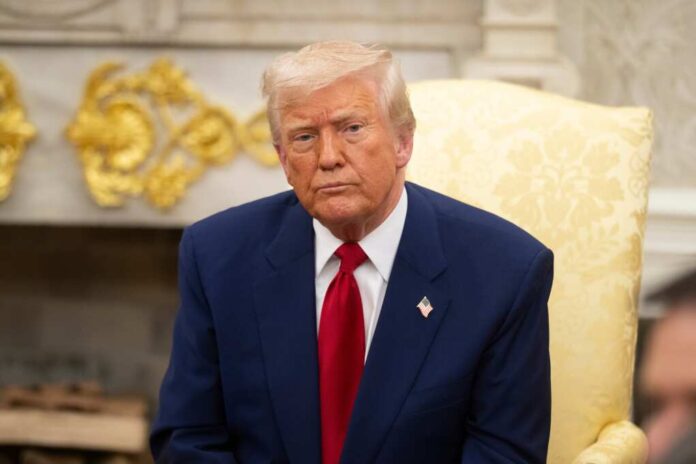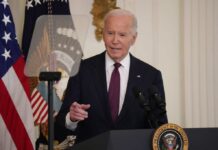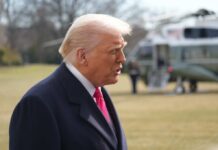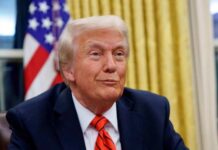
President Trump has nominated seasoned combat leaders to command key global theaters, signaling a strategic pivot toward muscular, America-first military policy.
At a Glance
- Trump nominated Vice Admiral Charles Cooper II for CENTCOM and Lt. Gen. Dagvin Anderson for AFRICOM
- Both are experienced warfighters tasked with stabilizing volatile regions
- The nominations prompted investor confidence in major defense stocks
- Appointments are part of a broader Trump effort to reassert military strength abroad
- Analysts see the moves as a signal to adversaries: America is rearming with intent
Strategic Command Under New Management
President Donald Trump has launched a significant reshaping of U.S. military leadership, tapping Vice Admiral Charles Cooper II to lead U.S. Central Command (CENTCOM) and Air Force Lt. Gen. Dagvin Anderson to take over U.S. Africa Command (AFRICOM). These appointments are more than routine—they’re a deliberate signal of America’s strategic recalibration toward hardened, operationally experienced commanders.
Cooper’s background in surface warfare and joint operations positions him well to confront threats in the Middle East and Central Asia, regions where U.S. credibility and influence have waned. Meanwhile, Anderson, a veteran of special operations, is poised to counter rising extremist movements and foreign interference across the African continent.
Watch a report: Trump Installs New Military Leaders at CENTCOM and AFRICOM.
Markets Respond to Signals of Strength
Investors interpreted the appointments as a stabilizing force in global affairs, with defense giants like Lockheed Martin and Northrop Grumman posting modest gains. Even cryptocurrency markets showed renewed confidence, with Bitcoin rebounding past $70,000 following the news, signaling institutional optimism in stronger U.S. global positioning.
The moves complement Trump’s earlier appointment of Michael Obadal—formerly with Anduril—as Undersecretary of the Army. His task: impose private-sector rigor on a historically inefficient Pentagon budget apparatus. The administration aims to consolidate modernization efforts and “establish unity of command” across the Army’s strategic programs.
Confronting Chaos with Combat Credibility
These changes come as international threats mount. CENTCOM oversees operations in Iran, Iraq, and Syria—nations where instability and adversarial maneuvering remain persistent. AFRICOM, meanwhile, has become a new front in the competition with China and Russia for regional influence. Both commanders are expected to emphasize deterrence and rapid response, departing from the diplomacy-heavy posture of recent years.
Trump’s rearmament strategy leans heavily on the doctrine of “peace through strength.” This realignment seeks to reverse perceived military stagnation and “optimize soldier readiness” across the globe. The shift is not just administrative—it’s ideological, aiming to project a U.S. military that is assertive, autonomous, and less entangled in political trendlines.
For allies and adversaries alike, the message is clear: Trump is reasserting American power with generals who know the battlefield, not the bureaucracy. Whether this reconfiguration leads to renewed global deterrence—or new confrontations—remains to be seen. But the strategic table has been reset.




















